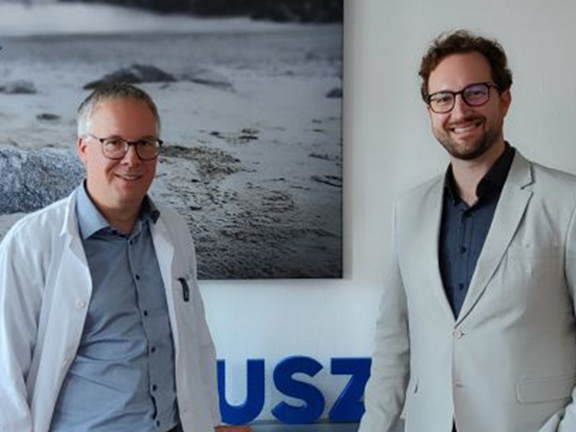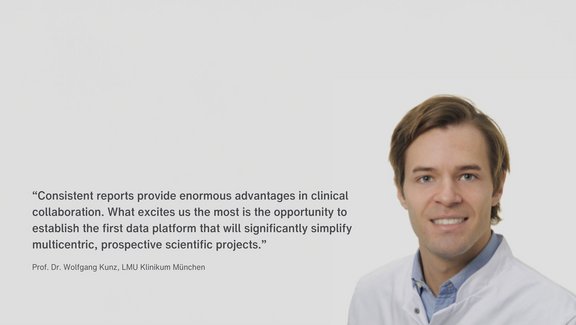The University Hospital Zurich (USZ) and Mint Medical have been working closely together for many years. Now, they are taking the next step: mint Lesion will no longer be used only as a radiological assistant in clinical trials, but will also become part of the oncological routine reporting process at USZ.
mint Lesion, the pioneering software solution in the field of standardization of radiological reporting and context-driven structured reporting, has been used at the USZ primarily as a radiological assistant in clinical trials.
"With the usage expansion, mint Lesion will now become an integral part of routine reporting of complex, oncological examinations," says Prof. Dr. Thomas Frauenfelder, director of the Institute of Diagnostic and Interventional Radiology. "The standardized reporting with deep integration of image and reporting is an important step towards a complete patient-centered care workflow (Digital Patient Journey) at the University Hospital Zurich."
Structured Data for Sustainable Quality Assurance
mint Lesion links image viewing, guideline compliance and data generation to enable the systematic, standardized capture of quantitative data, including its context. Integrating mint Lesion into the existing routine workflow supports the radiology department of the University Hospital Zurich in establishing standardized oncological reporting and thus contributes to sustainable quality assurance.
The structured and annotated data generated by mint Lesion will flow into the Digital Patient Journey and hence contribute to the digitalization and automation of interdisciplinary processes. Steffen Rupp, Sales Director at Mint Medical, describes the University Hospital Zurich as a "close and innovative partner with whom we have been working successfully for over a decade." This expansion of use will transfer the experience gained over the years with structured reporting in clinical trials to routine clinical practice.
"We are now bringing the excellence from clinical trials into clinical routine so that as many patients as possible can benefit from data-driven treatment decisions. I am very pleased that the USZ is also following this path and that we can support them with our software platform mint Lesion."
Discover how mint Lesion empowers oncology care – and how structured reporting can benefit your institution. Get in touch.



